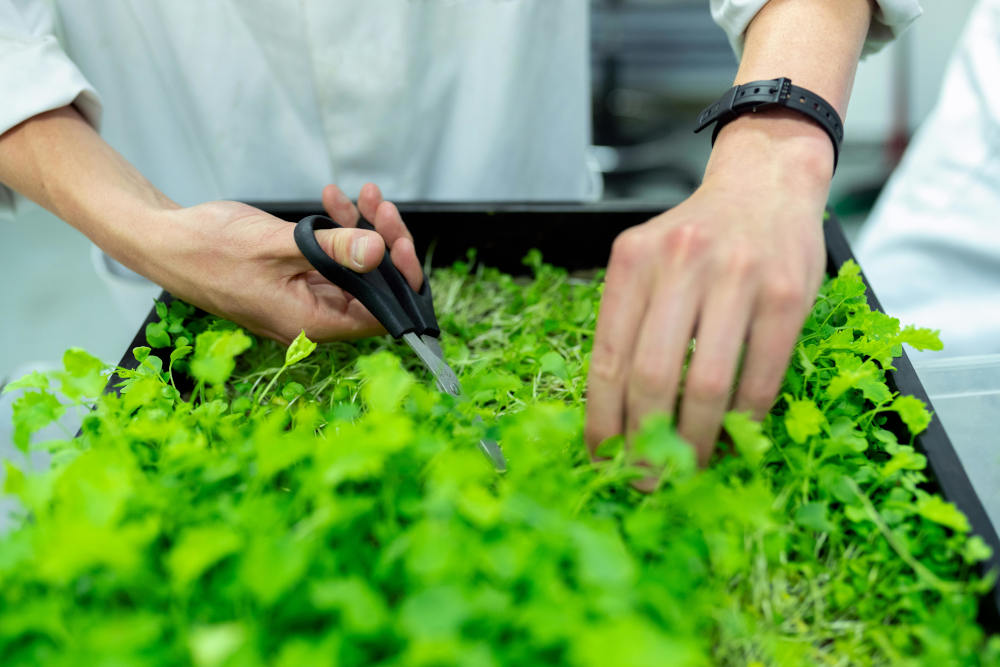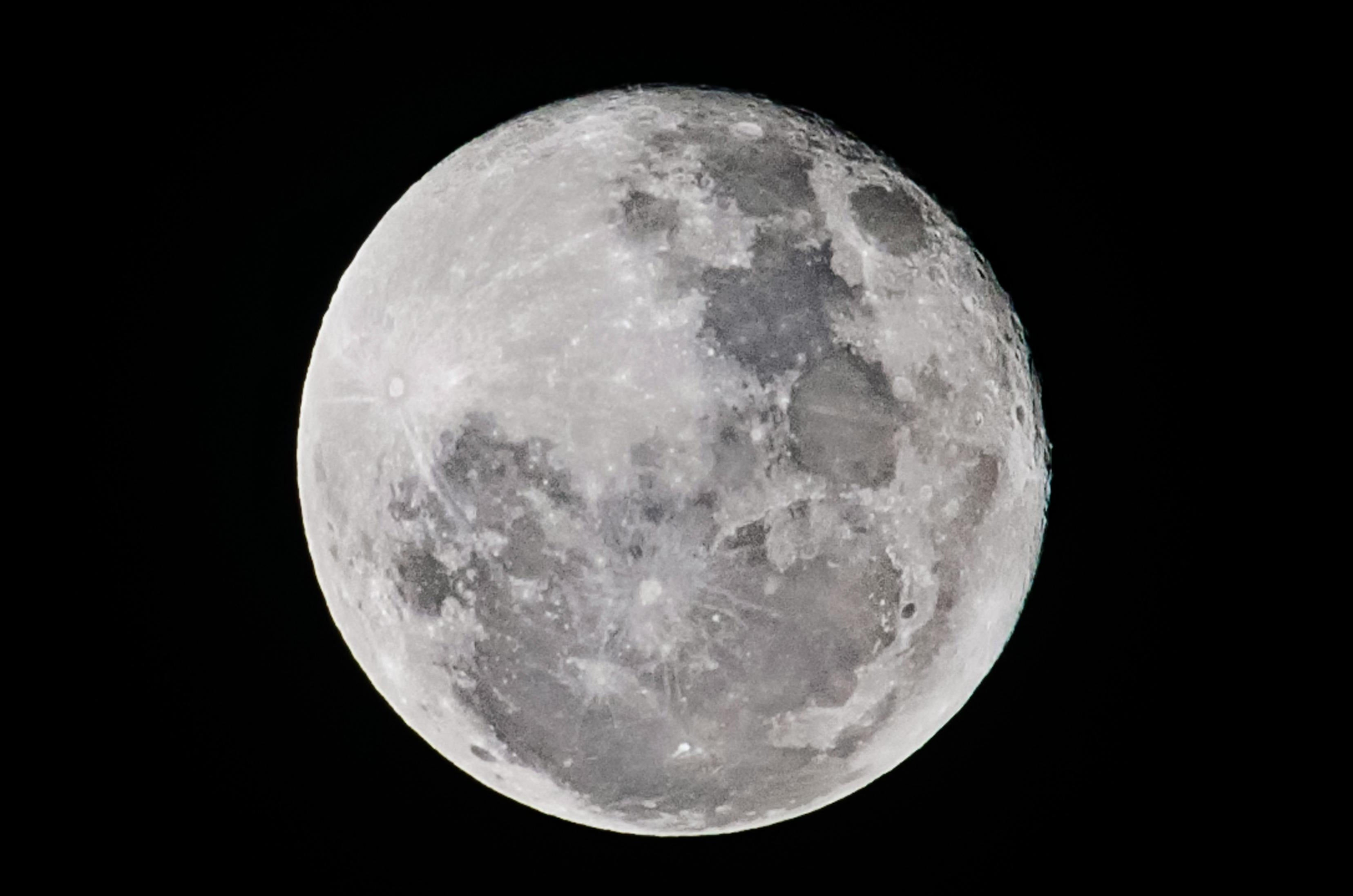
Vivre dans la zone de rusticité USDA 6 , qui couvre une grande partie du centre et de l'est des États-Unis, offre aux jardiniers une saison de croissance relativement longue, généralement de mi-avril à mi-octobre . Dans la plupart des régions, les dernières gelées ont lieu en moyenne autour du 1er mai et les premières autour du 1er novembre , bien que les conditions locales puissent les décaler d'une semaine ou deux ( ufseeds.com ).
Cependant, de nombreuses cultures, notamment les légumes et les fleurs tendres, nécessitent un semis en intérieur avant que les températures extérieures ne soient suffisamment chaudes pour leur croissance . L'essentiel est de compter à rebours à partir de la date du dernier gel local pour déterminer le moment idéal pour semer les différentes graines en intérieur. Ce guide fournit un calendrier précis, des conseils de culture et des solutions de dépannage.
Panaprium est indépendant et pris en charge par les lecteurs. Si vous achetez quelque chose via notre lien, nous pouvons gagner une commission. Si vous le pouvez, veuillez nous soutenir sur une base mensuelle. La mise en place prend moins d'une minute et vous aurez un impact important chaque mois. Merci!
1. Pourquoi démarrer des graines à l'intérieur dans la zone 6 ?
-
Fenêtre de croissance prolongée : les graines destinées aux plantes à maturation plus lente ont besoin de plus de temps que ce que permet la saison en extérieur.
-
Meilleur contrôle : le démarrage en intérieur offre des conditions constantes, idéales pour la germination.
-
Plus de variété : accès à des variétés patrimoniales spécialisées ou inhabituelles non disponibles sous forme de greffes.
-
Récoltes plus précoces : Votre jardin produit plus tôt, profitant ainsi au maximum de la saison.
2. Calendrier de démarrage des semences de la zone 6
Sur la base d'une dernière gelée moyenne du 1er mai , voici un guide de calendrier spécifique à la culture :
🥕 10 à 12 semaines avant le gel (de mi-février à fin février)
Idéal pour les cultures à croissance lente à très lente et les plantes vivaces de saison froide :
-
Céleri, poireaux, oignons, persil
-
Herbes et fleurs vivaces : lavande, romarin, thym, origan, échinacées, marguerites ( thecottagevegetable.com )
🌶️ 8 à 10 semaines avant le gel (fin février à mi-mars)
Pour les cultures de saison chaude et de mi-saison :
-
Tomates, poivrons, aubergines ( sowtrueseed.com )
-
Brassicacées : chou, brocoli, chou-fleur
-
Bisannuelles : digitales, roses trémières ( thecottagevegetable.com )
🥬 6 à 8 semaines avant le gel (de mi-mars à fin mars)
Des cultures qui mûrissent plus vite :
-
Concombres, courges, basilic, chou frisé, bette à carde ( johnnyseeds.com , thecottagevegetable.com )
-
Fleurs annuelles : zinnias, soucis
🌱 4 à 6 semaines avant le gel (fin mars à mi-avril)
Pour les annuelles à germination rapide et les légumes verts tendres :
-
Tournesols, cosmos, melons, laitue
🌿 2 à 4 semaines avant le gel (de mi-avril à fin avril)
Pour les cultures qui aiment la chaleur ou celles qui se prêtent au semis direct une fois le sol réchauffé :
-
Haricots, betteraves, pois, maïs, citrouilles, fleurs à semis direct ( gardeningknowhow.com , johnnyseeds.com )
3. Démarrage des graines étape par étape
A. Fournitures dont vous aurez besoin
-
Bacs à semis ou petits pots avec drainage
-
Mélange stérile pour semis
-
Sachets de graines (à haute viabilité)
-
Étiquettes et marqueurs
-
Tapis chauffant inférieur (pour les graines qui aiment la chaleur)
-
Des lampes de culture ou une fenêtre ensoleillée
-
Dôme d'humidité ou film plastique
-
Petit ventilateur pour la circulation de l'air
B. Processus de plantation
-
Préparez et humidifiez le mélange de démarrage jusqu'à obtenir une consistance humide et spongieuse.
-
Semez les graines à la profondeur appropriée (généralement deux fois leur diamètre). Les graines fines peuvent nécessiter un semis en surface ( ufseeds.com , bhg.com , apnews.com ).
-
Exploitez la chaleur du fond : maintenez une température de 70 à 85 °F pour une germination optimale des cultures de saison chaude.
-
Couvrir les plateaux pour conserver l’humidité jusqu’à la germination des graines.
-
Fournir de la lumière : 12 à 16 heures par jour sous des lampes de culture pour éviter les semis grêles ( brightlanegardens.com , bhg.com ).
-
Aérez à l'aide d'un ventilateur pour éviter la fonte des semis ( bhg.com ).
-
Arrosez doucement , en gardant le sol uniformément humide mais jamais saturé.
-
Éclaircissez les semis à un par cellule après l'apparition des vraies feuilles ( thecottagevegetable.com ).
-
Rempotez dans des contenants plus grands après 2 à 3 semaines si les racines apparaissent.
4. Endurcissement et repiquage en extérieur
-
Commencez l’endurcissement 7 à 10 jours avant la plantation.
-
Jour 1 : 1 à 2 heures à l’ombre
-
Augmenter progressivement l'exposition
-
Arrivée en plein soleil, nuitées en plein air
-
-
Plantez à l'extérieur seulement après :
-
La date du dernier gel est passée
-
Température du sol ≥60°F
-
Températures nocturnes régulièrement ≥ 50°F ( bhg.com )
-
Pensez à attendre quelques semaines après le dernier gel pour permettre au sol de se réchauffer davantage et de réduire les risques de maladies et de ravageurs ( almanac.com ).
5. Exemple de calendrier de semis pour la zone 6
En supposant une dernière gelée le 1er mai :
| Semaines avant le gel | Plage de dates | Graines à démarrer à l'intérieur |
|---|---|---|
| 12 | 15-28 février | Céleri, poireaux, oignons, persil, lavande, romarin |
| 10 | 22 février – 10 mars | Tomate, poivron, aubergine, brocoli, choux |
| 8 | 1er au 15 mars | Courges, basilic, concombres, chou frisé, fleurs annuelles |
| 6 | 15–31 mars | Zinnias, soucis, cosmos, tournesols |
| 4 | 31 mars–15 avril | Semez directement les cultures tendres à l'intérieur, puis plantez-les plus tard |
| 2 | 15–30 avril | Haricots, maïs, citrouilles en intérieur/semis précoces en extérieur |
Adaptez ce calendrier à votre date de dernière gelée et à vos besoins en matière de variétés de semences.
6. Semis direct ou démarrage en intérieur
Semis direct en extérieur (printemps/été)
-
Petits pois, carottes, betteraves, radis, laitue, épinards, haricots, maïs, courges ( ufseeds.com , sowtrueseed.com , gardeningknowhow.com )
-
Les fleurs annuelles comme les coquelicots et les calendulas peuvent être plantées directement dans les plates-bandes.
D'abord en intérieur (puis transplantation)
-
Tomates, poivrons, aubergines
-
Brassicacées (brocoli, chou)
-
Fleurs et herbes vivaces à germination longue ( sowtrueseed.com )
7. Erreurs courantes et comment les éviter
De Better Homes & Gardens – évitez ces pièges courants :
-
Pas assez de lumière → ajouter des lampes de culture, garder à proximité des semis.
-
Commencer les graines trop tôt → s'en tenir à 6 à 8 semaines avant la transplantation.
-
Vieilles graines → effectuer un test de germination ou acheter des graines fraîches.
-
Plantation trop profonde → suivre les instructions sur l'emballage ; de nombreuses graines ont besoin de lumière.
-
Ne pas étiqueter → toujours marquer clairement les pots.
-
Arrosage inapproprié → maintenir humide, éviter l'engorgement.
-
Échec de l'éclaircissage → éliminer les excédents trop tôt.
-
Attendre trop longtemps avant de rempoter → transplanter lorsque les racines sont liées.
-
Fertiliser trop tôt/tard → attendre que les vraies feuilles apparaissent.
-
Sauter l’endurcissement → acclimater les semis progressivement.
8. Conseils supplémentaires pour les semis en intérieur
-
Contrôle de la température : plus frais pour les légumes à feuilles vertes (~65–70°F), plus chaud pour les cultures de solanacées.
-
Utilisez des tapis chauffants inférieurs pour les poivrons et les tomates pour une germination robuste.
-
Étiquetez tout clairement pour éviter les confusions.
-
Faites pivoter les plateaux pour une répartition uniforme de la lumière.
-
Réensemencer rapidement les espaces vides ; maintenir la succession des semis.
-
Utiliser des dômes en plastique dans un premier temps , puis ventiler progressivement après la germination.
9. Prolonger davantage la saison
-
Des châssis froids ou des serres tunnels peuvent permettre une date de transplantation plus précoce.
-
Le paillis en plastique noir aide à réchauffer le sol pour les premières plantations.
-
Les couvertures flottantes protègent les semis tendres du froid et des parasites.
-
Le jardinage en conteneurs permet de déplacer les plantes à l'intérieur pendant les nuits froides.
10. Récapitulatif : votre plan de démarrage de semis en intérieur en zone 6
-
De mi-février à fin avril : Élaborez votre programme de semis en intérieur en fonction de votre dernier gel.
-
10 à 12 semaines à l’avance : plantes à croissance lente, vivaces, à floraison automnale.
-
8 à 10 semaines à l’avance : légumes de la famille des solanacées et des crucifères.
-
6 à 8 semaines : légumes-feuilles et fleurs annuelles.
-
4 à 6 semaines à l’avance : plantes annuelles tendres et légumes qui aiment la chaleur.
-
-
Semez directement les cultures rustiques et à croissance rapide dès que le sol est cultivable.
-
Transplantez uniquement lorsque le sol et l’air sont constamment chauds.
-
Adoptez une bonne hygiène des semences d’intérieur et prévenez les problèmes courants.
Réflexions finales
La zone 6 offre une saison de croissance généreuse, mais semer ses graines en intérieur de manière stratégique vous permet d'optimiser chaque instant . Avec une planification minutieuse, une installation adéquate et une bonne connaissance des changements saisonniers, votre jardin débordera de vitalité et de production.
Cet article vous a-t-il été utile ? S'il vous plaît dites-nous ce que vous avez aimé ou n'avez pas aimé dans les commentaires ci-dessous.
About the Author: Alex Assoune
Contre Quoi Nous Luttons
Les groupes multinationaux surproduisent des produits bon marché dans les pays les plus pauvres.
Des usines de production où les conditions s’apparentent à celles d’ateliers clandestins et qui sous-payent les travailleurs.
Des conglomérats médiatiques faisant la promotion de produits non éthiques et non durables.
De mauvais acteurs encourageant la surconsommation par un comportement inconscient.
- - - -
Heureusement, nous avons nos supporters, dont vous.
Panaprium est financé par des lecteurs comme vous qui souhaitent nous rejoindre dans notre mission visant à rendre le monde entièrement respectueux de l'environnement.
Si vous le pouvez, veuillez nous soutenir sur une base mensuelle. Cela prend moins d'une minute et vous aurez un impact important chaque mois. Merci.































0 commentaire